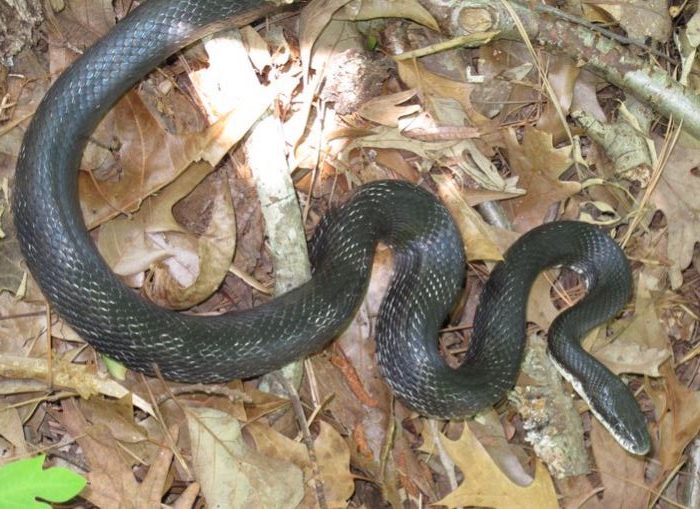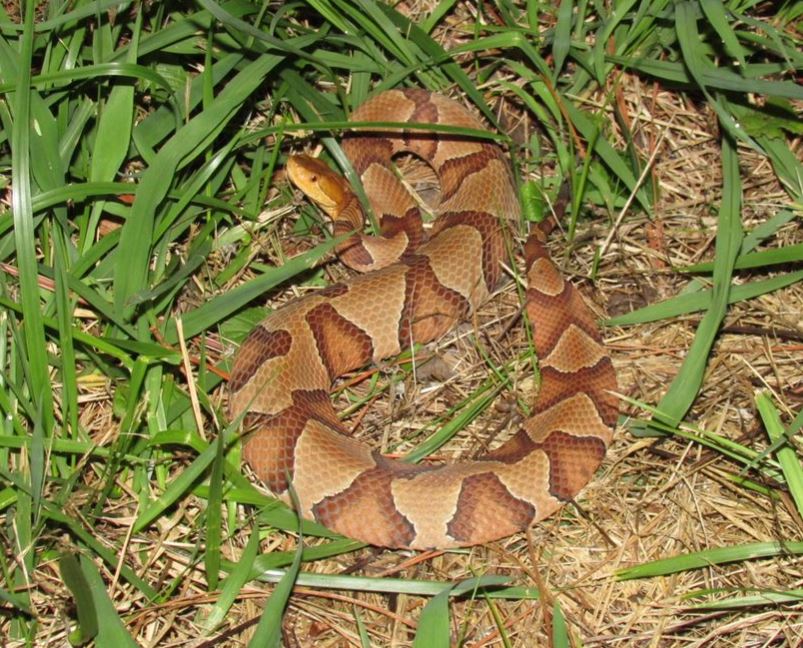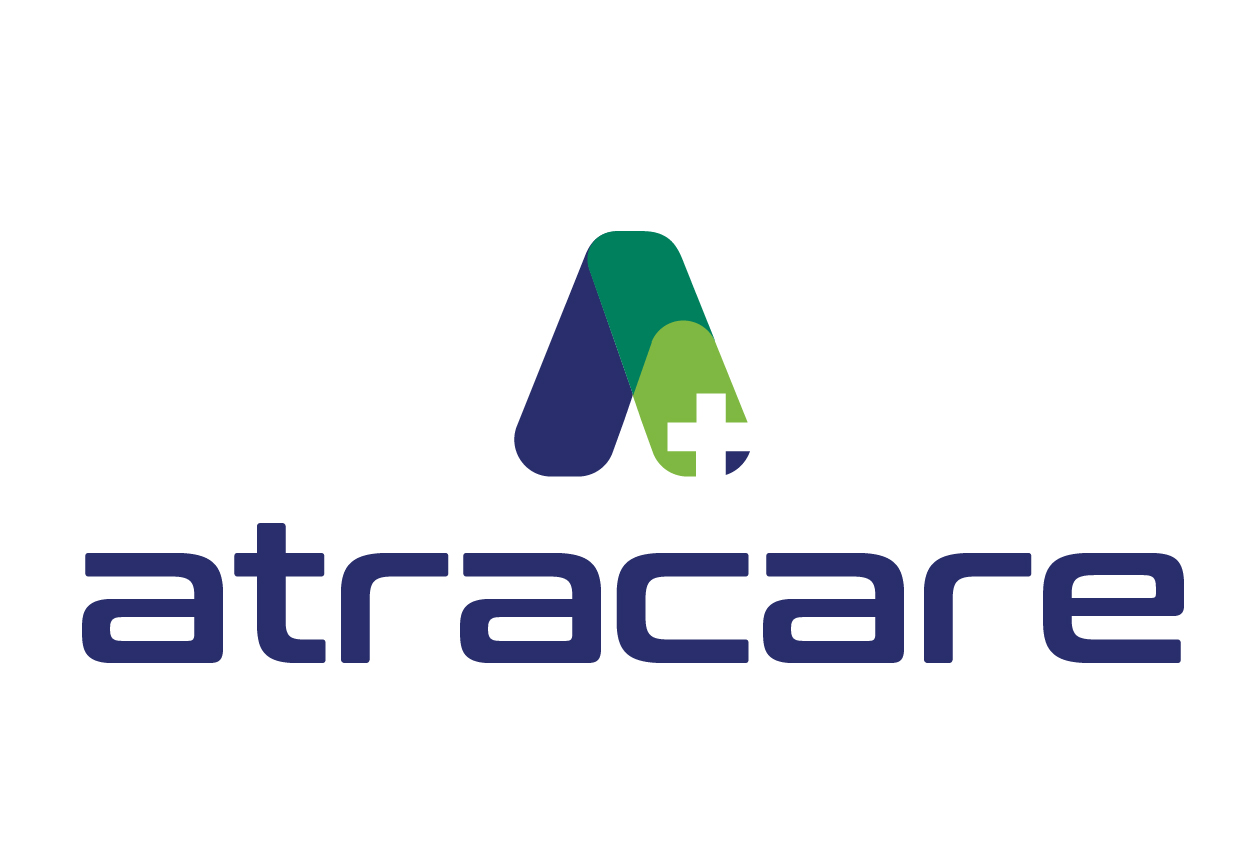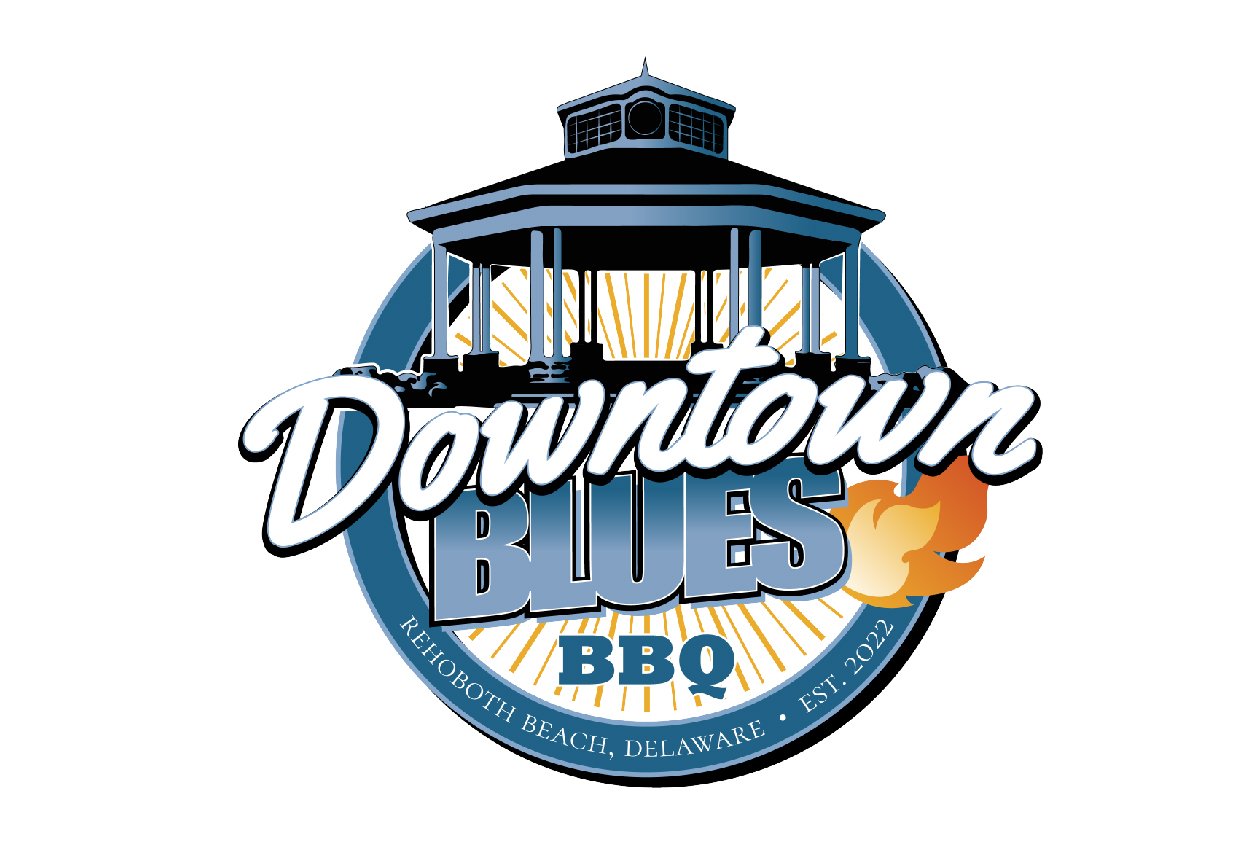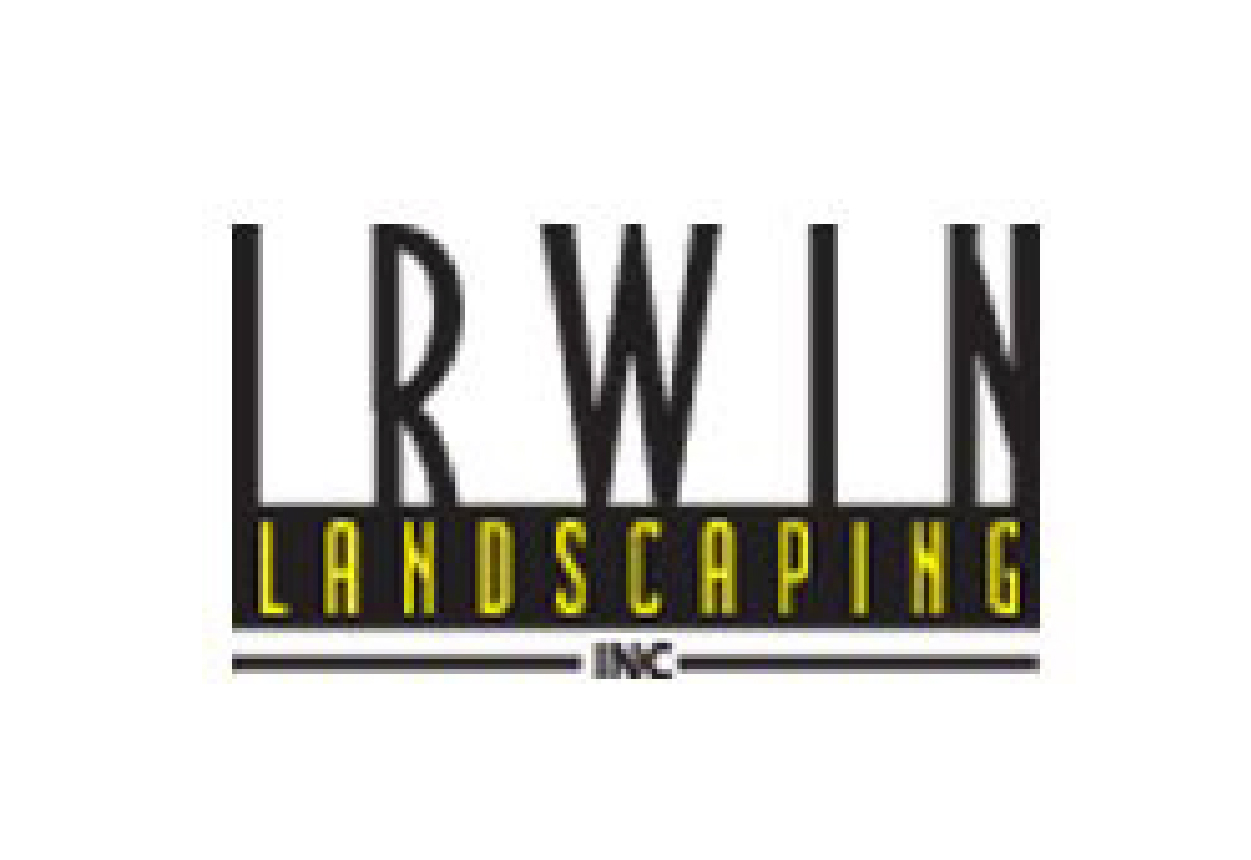For Lake-Goers: Delaware’s 5 Most Snake-Infested Lakes
For many, a trip to the lake is a chance to relax, swim, and enjoy the great outdoors. But while you’re cooling off in Delaware’s freshwater lakes, you might not be alone. Snakes thrive in and around these waters, often hiding in tall grass, basking on sun-warmed rocks, or lurking near shorelines. Some are harmless, while others can give an unsuspecting visitor quite a scare.
Snakes in Delaware: What You Need to Know
Delaware is home to 19 snake species, with the eastern copperhead as the only native venomous snake. However, non-venomous species like the eastern rat snake, black racer, common garter snake, and northern water snake are frequently encountered—especially near lakes.
While snakes play a vital role in controlling pests, they can startle visitors and pose a risk if provoked. If you’re heading to any of these lakes, stay alert and know what to expect.
Delaware’s Most Snake-Infested Lakes
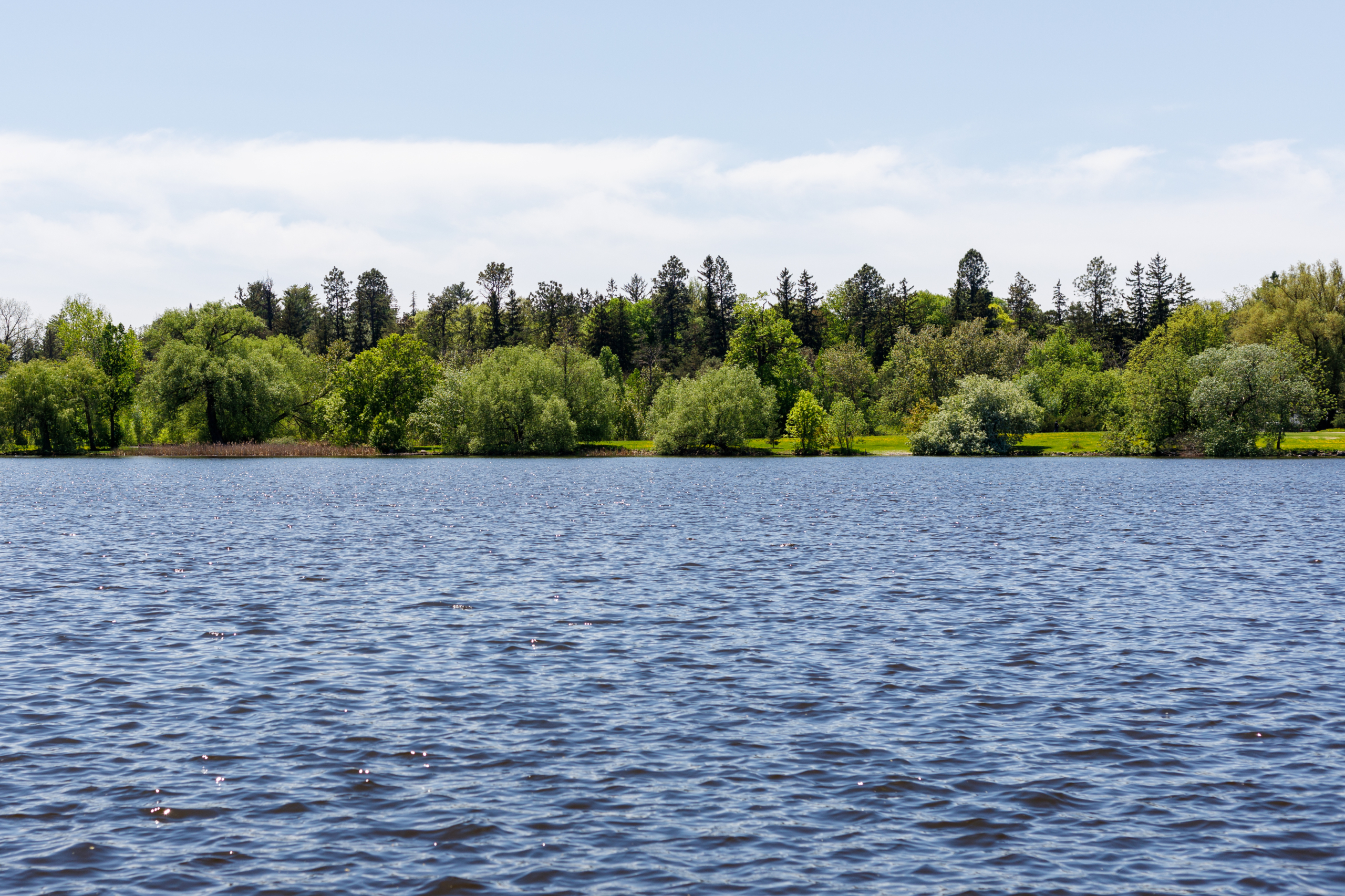
If you’re visiting these lakes, keep an eye out for slithering residents:
1. Lums Pond
- Delaware’s largest freshwater pond, spanning 200 acres.
- A prime habitat for northern water snakes (non-venomous), which hunt in the shallow, calm waters.
- Nearby forests and wetlands provide plenty of hiding spots for multiple snake species.
2. Trap Pond
- Famous for its cypress swamp—the northernmost natural bald cypress habitat in the U.S.
- Northern water snakes (non-venomous) and eastern garter snakes (non-venomous) flourish in the swampy environment.
- Thick vegetation and numerous hiding places make this a haven for snakes.
3. Silver Lake
- Located in Dover, this urban lake has a surprising number of snake encounters.
- Northern water snakes (non-venomous) are frequently seen sunning on rocks or logs near the shore.
- Eastern kingsnakes (non-venomous snake) sometimes appear in the wooded areas surrounding the lake.
4. Garrisons Lake
- Popular for fishing and boating, this 86-acre lake is surrounded by wetlands and farmlands.
- Northern water snakes, eastern garter snakes, and eastern rat snakes (non-venomous ) thrive in the marshy environment.
- Tall grasses and dense vegetation create the perfect conditions for snake activity.
5. Red Mill Pond
- A 179-acre pond near Lewes, fed by Love Creek.
- Northern water snakes and eastern ribbon snakes (non-venomous) frequently bask along the shoreline.
- The pond’s diverse ecosystem attracts amphibians and small mammals—ideal snake prey.
Stay Safe: 6 Essential Snake-Avoidance Tips
Whether you’re fishing, hiking, or just enjoying the water, follow these precautions to reduce your chances of an unwanted snake encounter:
- Stick to marked trails – Avoid wandering into dense vegetation where snakes may be hiding.
- Watch your step – Be cautious near water edges, tall grass, and rocky areas.
- Don’t disturb snakes – If you see one, give it space and let it move away naturally.
- Wear closed-toe shoes – Protect your feet and ankles from unexpected bites.
- Know your local snakes – Educate yourself on the species in your area so you can identify which are harmless.
- Keep pets on a leash – Curious animals can provoke snakes and risk getting bitten.
🛑 Avoid Touching Snakes & Reptiles – Prevent Salmonella! 🛑
-
Reptiles naturally carry Salmonella in their intestines—even healthy ones!
-
Snakes, lizards, and turtles are the biggest carriers—handling them can spread bacteria to your hands, clothes, and surfaces.
-
Reptile-Associated Salmonellosis (RAS) is a serious health risk, especially for children. It can cause fever, stomach issues, respiratory problems, and more.
Stay Safe – Follow These Hygiene Tips:
✅ Avoid handling wild snakes & reptiles whenever possible.
✅ Wash hands thoroughly with soap & water after any contact.
✅ Never touch your face, eat, or drink after handling reptiles.
✅ Keep reptiles away from kitchens and food prep areas.
✅ Supervise kids—young children are at higher risk of infection.
Final Thought: Stay Aware and Enjoy the Water
Snakes are an important part of Delaware’s natural environment, but that doesn’t mean you want to encounter one up close. By staying informed and following safety tips, you can enjoy your time at the lake while minimizing the risk of an unwanted surprise. Stay alert, respect wildlife, and keep your distance when necessary!

